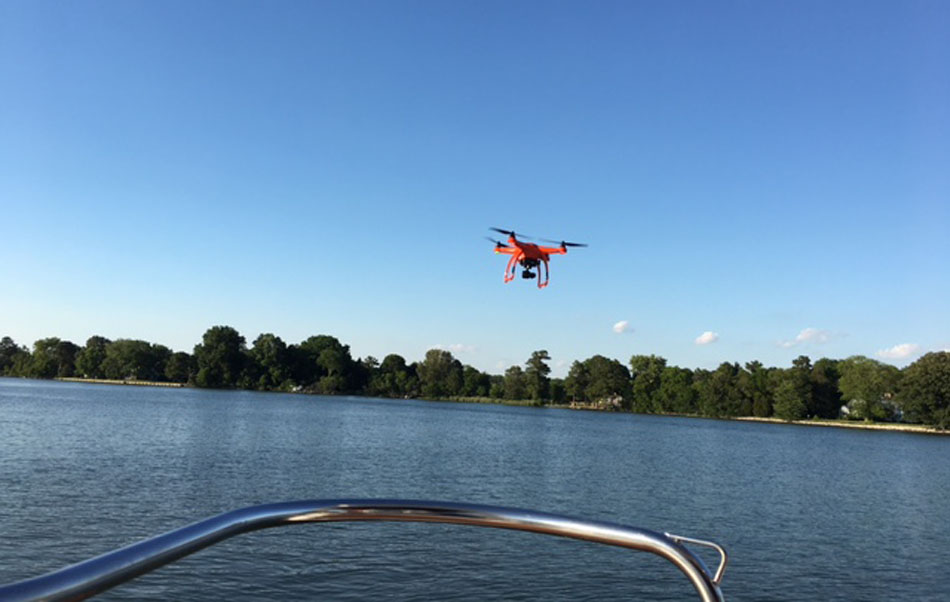
Step-by-step on how to buy a drone for boating use and learn to safely launch and recover a drone from your boat [with VIDEO]
There is no doubt that small[1] unmanned aircraft systems[2] (sUAS or drones) are becoming nearly as common place as iPads and smartphones. The features and capabilities of these machines are astounding and not the least of which is the quality of the available on-board cameras.
With the popularity of drones on the rise, it’s no wonder that many boaters are intrigued by the idea of bringing a drone on their boat and having the ability to capture aerial video & photos of your boat at your favorite anchorage.
Before launching a drone from your boat, you’ll want to do your research on the best drone to buy, learn about FAA laws and practice flying your drone on land. It’s very important to plan ahead for your drone launch and recovery when flying it on the water from your boat.
This article addresses everything you’ll need to know about selecting and flying a drone with the intent of using your boat as a launch and recovery point.
Make sure to watch his video demo at the end showing the drone launch, flight and recovery on a boat!
Types of Drones
By Size
The range of sizes for remote controlled aircraft is stunning. Most people think of drones that fit in suitcase sized carriers or fold or collapse into a large backpack carrier. However, there are a category of sUAS called nanodrones – the smallest of these which are available commercially to the public can literally fit in the palm of your hand.
Apart from the thrill of flying a drone, most people are particularly attracted to the camera functions which may be available on a given drone. Bear in mind that the size of your drone can be directly related to the quality of any onboard camera and, by extension, to the quality of any images or videos you may record.

By the Number of Rotors
By far, the most common configuration on the market is the quadcopter with 4 rotors. This design makes controlling the motion of the drone in its 4 degrees of motion relatively easy. Those 4 would be translation in 3 dimensions plus rotation around the vertical axis. (Note that lateral and longitudinal rolls are generally undesirable!) That being said, it is possible to find drones with 3 to 8 rotors.
Two rotor standard RC helicopters are available but much more difficult to learn to fly. While 4 rotors may be somewhat optimal, you might infer that more than 4 rotors, which also means more than 4 motors, could represent a faster drain on the battery and therefore, a constraint on the amount of flight time.
Recreational versus Commercial
Any sUAS drone can be used either recreationally or commercially. The one big difference is that in the latter case, the operator MUST be certified by the Federal Aviation Administration (FAA). Commercial use means receiving compensation of any kind for the use of your drone.
Certification is simply taking a written test. That test includes basic elements which are also on the license exam for private pilots. Naturally, there are also questions on the operation of drones and questions to test knowledge of the rules as spelled in FAA Part 107. There is no flight test.
Regardless of intended use, ALL drones MUST be registered with the FAA. A very useful online resource is Know Before You Fly. It contains pages of information including FAQs and links to relevant sites such as where you go to register your drone.
Selecting a Drone
Before you purchase a drone and spend upwards of $1500…or more, be an informed and prepared consumer. It is an expensive item and you are committing yourself to obeying the laws regarding its use.
It should be noted that some drones come with pre-programmed geo-fences. That is, they are smart enough to know NOT to approach certain areas and at least one manufacturer has configured its drones to not even take off within 20 miles of Washington, DC. Before buying a drone, you should find out if you live or intend to fly in one of these exclusion zones.
First of all, make a list of all of the features that you want in a drone. This might include things like camera quality, whether you want a camera at all, user interface design on the remote control, flight time on a fully charged battery, flight range from the controller, carrying case, and other potentially useful features like auto take off and land, return to home, and preprogrammed flight maneuvers. It appears most of the drones in the $1000 range have all of the features I just listed.
Determine your budget. The number and relative quality of features will affect the price you pay. With online shopping websites, it is very easy to compare drones for features and prices. In creating your budget, be aware that you may need or want to purchase additional items like spare batteries, spare rotors, or a carrying case if one is not included in the base price.
Select your manufacturer. By comparing features and prices, you are likely to find a few manufacturers that can meet your requirements. Be sure to review customer comments online. Drones on Amazon and sites like Carolina Dronz offer a variety of drones with consumer feedback. Pay particular attention to issues of customer service! Where you buy is completely up to you. However, consider whether it is better to order online and have it shipped or to simply buy it at your local Best Buy!
My Choice
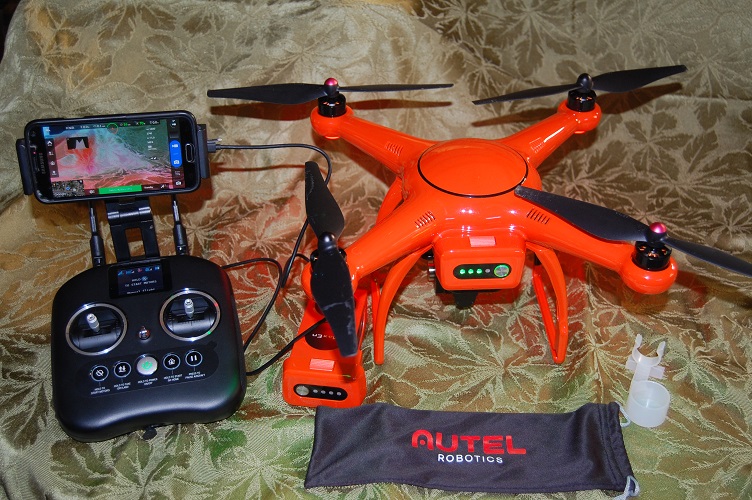 I purchased an Autel Robotics X-Star Premium. While I was initially drawn to the DJI Phantom, I came across the X-Star while shopping in Best Buy. Its unique orange color caught my attention because it is a legal requirement to keep your drone in sight at all times while it is flying. Orange stands out against the sky much better than the white of the DJI aircraft.
I purchased an Autel Robotics X-Star Premium. While I was initially drawn to the DJI Phantom, I came across the X-Star while shopping in Best Buy. Its unique orange color caught my attention because it is a legal requirement to keep your drone in sight at all times while it is flying. Orange stands out against the sky much better than the white of the DJI aircraft.
The Autel Robotics X-Star Premium is very easy to fly. Their customer support is VERY responsive and maybe best of all, it is American made! I am very happy with my purchase. I subsequently purchased an additional battery and combination lens cap and gimbal lock.
My comments here do not represent a commercial endorsement or recommendation of any kind. I am merely explaining the choices I made and why.
Learning to Fly Your Drone
Before you get clever and try to fly your new toy off your boat, you should absolutely follow the manufacturer’s instructions and practice on land in an appropriately open area.
You will want to get a feel for take-off and landing. You will want to understand how fast the battery drains and under what conditions. You will want to try all of the features available in a controlled environment. Do experiment with moving your aircraft around. Play with the camera settings as well for both photos and videos. Understand how to adjust your exposures for the best photos given any given lighting conditions.
I first practiced in my backyard and then tried it from the parking lot of the office tower where I work. With each flight, I directed my drone to fly higher, faster, and then farther and farther away. This let me determine just how far I could visually track the aircraft and to understand how obstacles affect the range of control. Eventually I flew my drone at my marina but from land. I did some overwater flights but I always launched and recovered on solid ground.
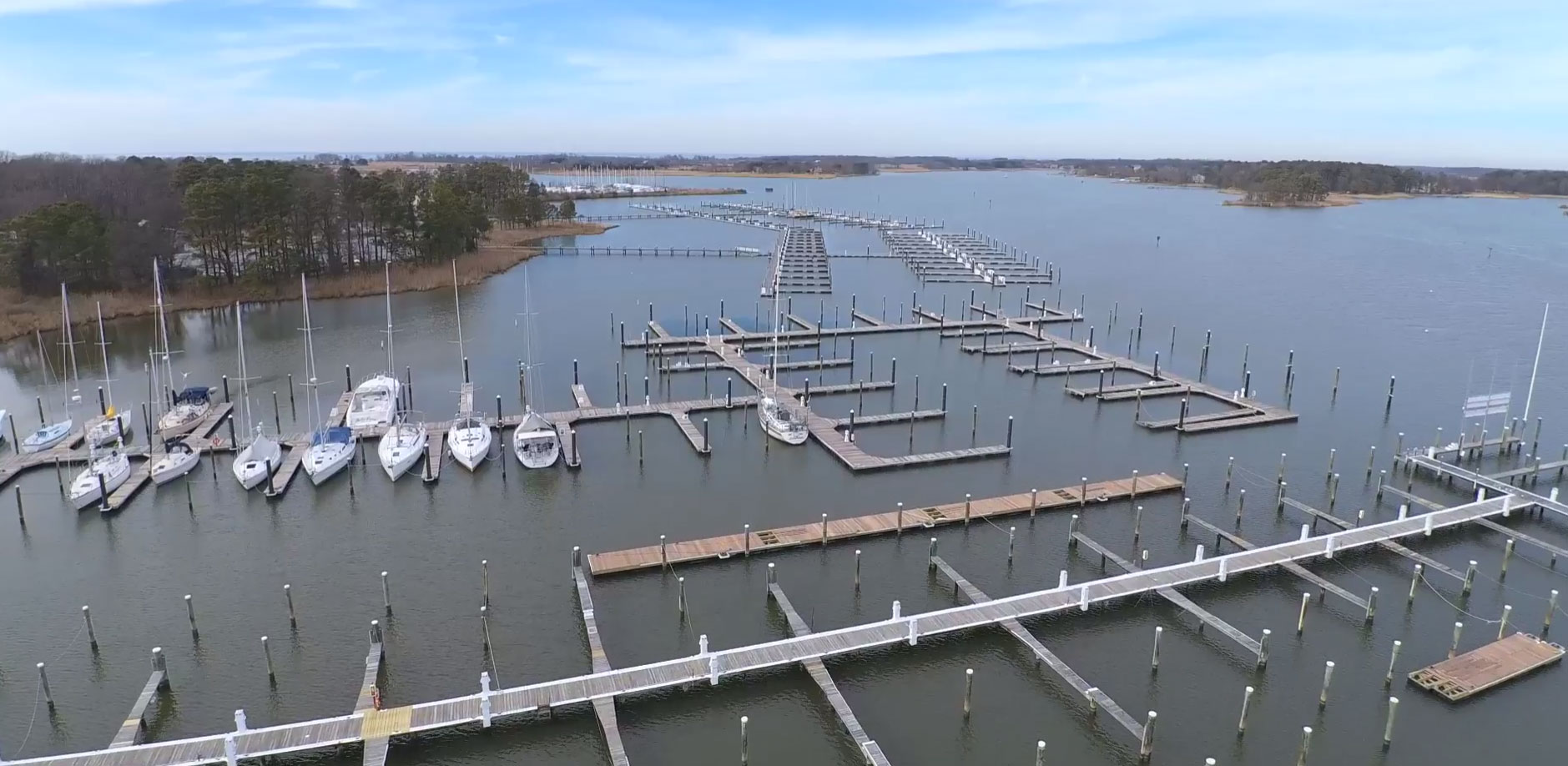
Fully understand all of your flight controls. The one thing with which some people struggle is using the point of view monitor on the controller versus flying the drone while looking at it. The challenge is more so when flying the drone towards you because your control inputs may be reversed from your intentions.
Launching and Recovering Your Drone from Your Boat
First take a deep breath… There are a still few things to do before you try this. In this case, “dry run” is not just jargon!
Practice
Unless you own a boat that has wide open flat spaces on deck or cabin tops, recovery of your drone will mean grabbing it out of the air as it hovers close at hand. The best way to do this is to have an assistant grab and hold the drone while you work the controls. Do NOT try to do both at the same time.
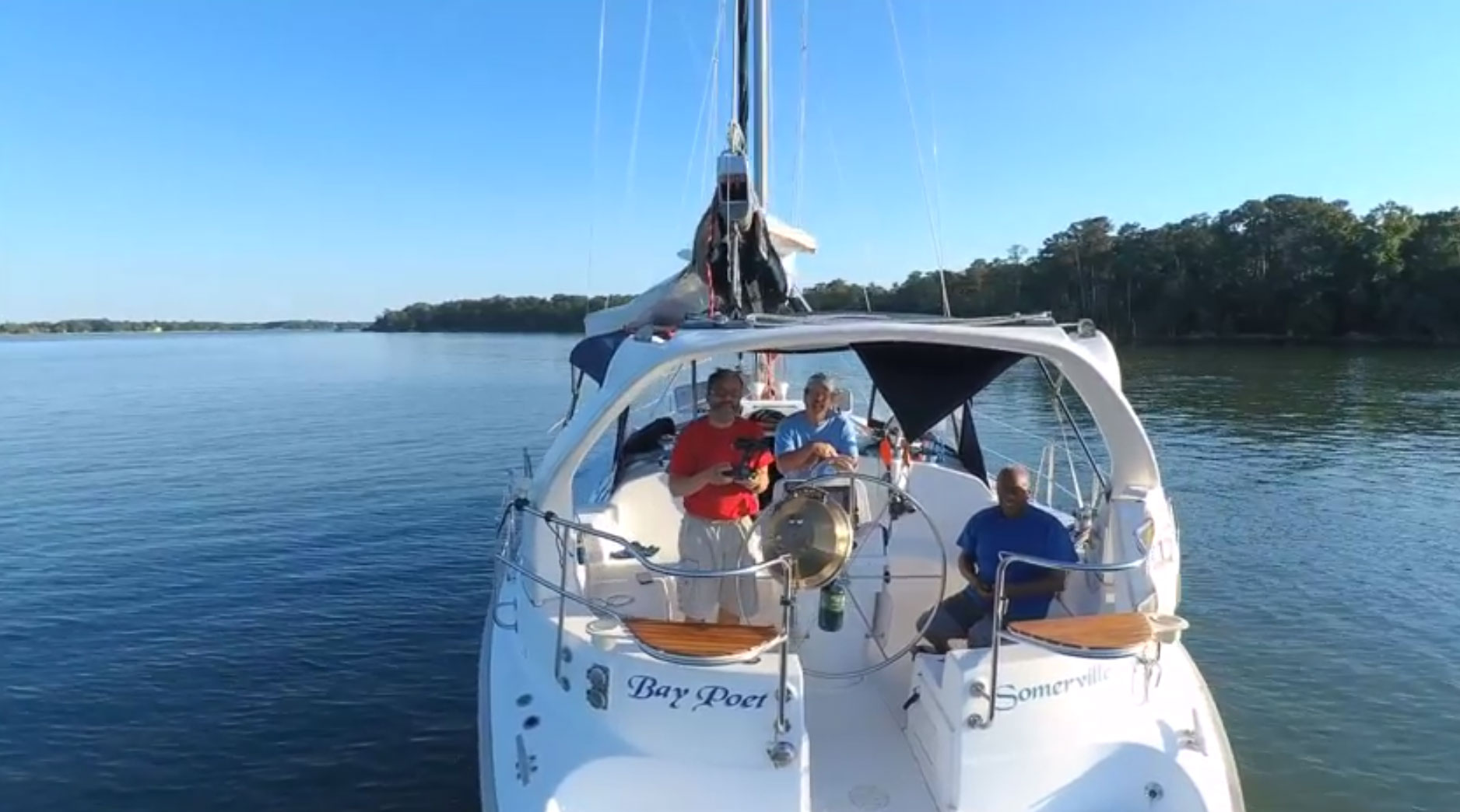
Keep the rotors above the head of your helper so that they can reach up to grab the aircraft. The most important thing will be to shut down the rotors once your assistant has a firm grasp on the drone. The rotors are sharp and spin fast. They can easily cause injuries like lacerations. You will not want to shut down the motors until s/he has a good grasp on it in case you need to fly the aircraft up and away to prevent it from crashing into the water or into your assistant.

Practice this maneuver on land a few times so that both pilot and recovery crew get a feel for how it will be. Also, beware of the down draft from the rotors. It is significant and could startle an unaware individual.
Let me offer a word of caution here that may or may not be obvious. Many drones have a Return To Home feature where you can command the aircraft to return to its launch site and land automatically. For what may be obvious reasons, you do NOT want to do this on a boat. The Return To Home function is sometimes automatically initiated when the batteries get low. Always manually fly your drone back for recovery before the battery gets too low.
Time for the Real Thing!
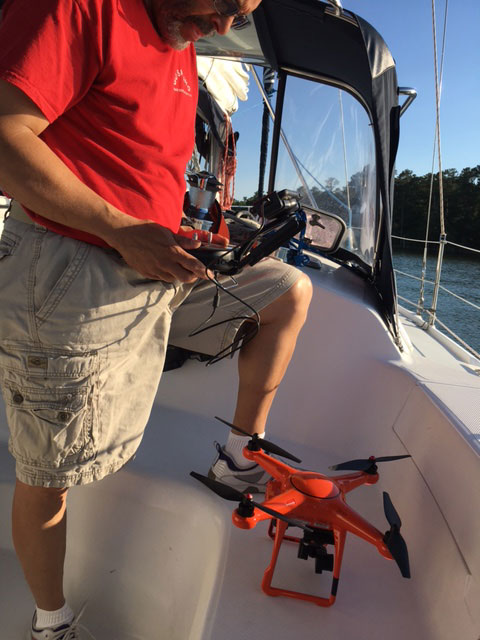
Pick a flat stable place on your boat from which to launch. You will want to have the widest possible circle of clear space. The drone will lift off and possibly side slip or drift momentarily until it can lock in its GPS position. During that brief time, you will want to be clear of rigging, sails, or any other obstacles.
Once your drone is hovering, fly it away from the boat…especially if the boat is swinging or rocking. All drones come with recommendations on safe weather conditions in which to fly. You will want to be even more conservative with those limits when flying from a boat.
You may wish to start by orbiting your boat. Then advance to exploring your anchorage. By the way, not only do I NOT recommend flying while your vessel is underway, the FAA regulations put limitations on that (CFR 107.25).
While you are exploring your anchorage, remember that other boats anchored nearby may not enjoy the presence of your aircraft, regardless of how cool you may think it is. Keep your drone a safe and respectful distance from other boats.
Also, there are rules on how close you may fly to an airport. Remember to check if there are any airports within the area of concern around your anchorage.
When you are ready to recover your drone, have your assistant stand on a flat stable deck area. It should be open to allow the unimpeded approach of the drone and to also prevent your helper from having to lean or otherwise contort themselves to reach the drone.
Instruct your recovery helper to never jump, lean, or get off balance when reaching for the aircraft. Once you have secured the aircraft, enjoy your photos and plan your next flight!
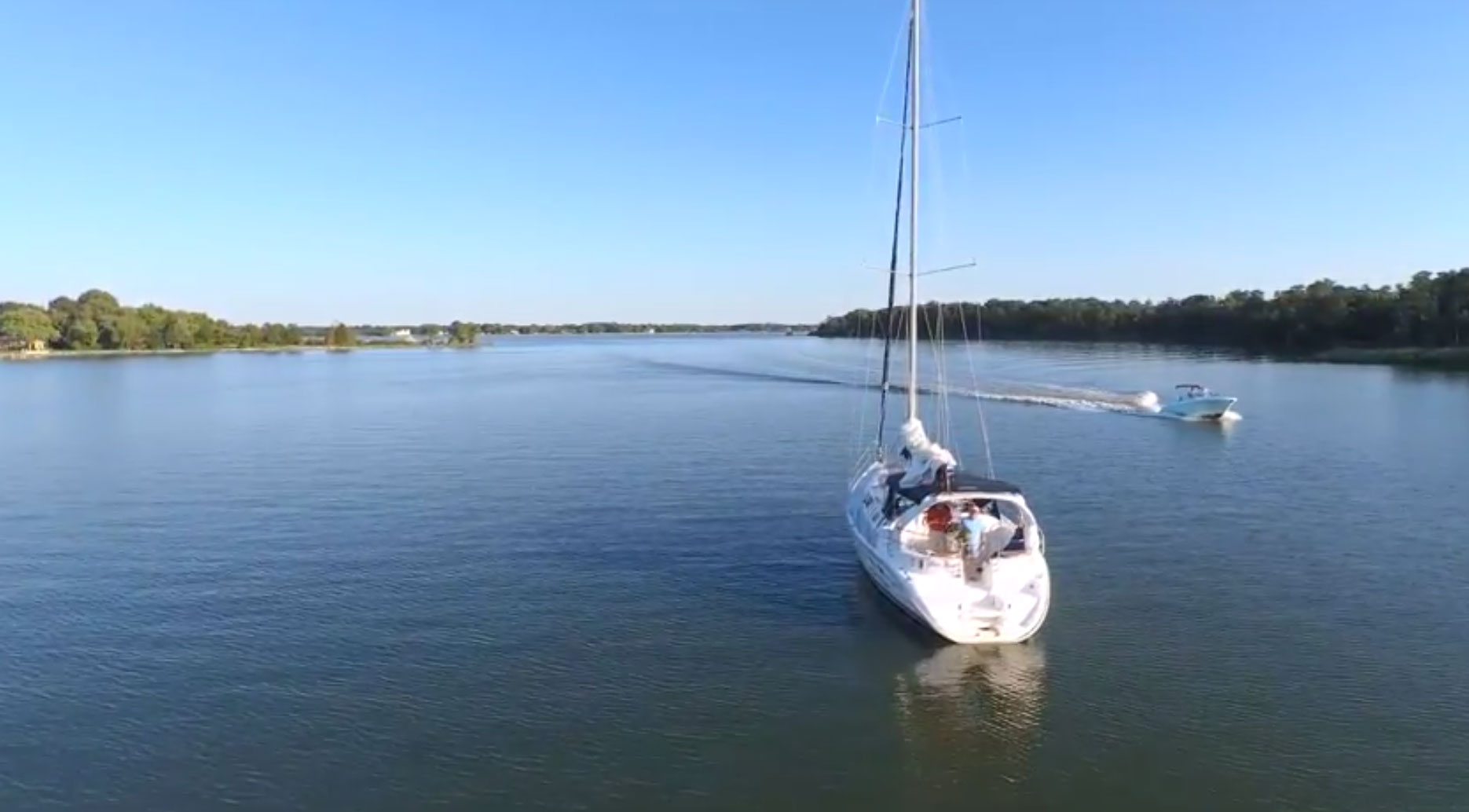
Summary
Drones are fun and can even provide a source of revenue. They are available most everywhere. If you want to use one while boating, do your research, make smart choices, and obey the laws. You can anticipate years of pleasure and great memories captured in aerial photos and videos!
Video
Watch how Capt. Rob launches and recovers his drone from his boat, Bay Poet, while anchored on the Chesapeake Bay.
Subscribe to my YouTube Channel for more how-to videos, sailing excursions and more!
[1] A small UAS is defined to be less than 55 pounds in weight at the time of takeoff. This includes everything that is onboard or otherwise attached such as a separate and detachable payload.
[2] Small unmanned aircraft system (small UAS) means a small unmanned aircraft and its associated elements (including communication links and the components that control the small unmanned aircraft) that are required for the safe and efficient operation of the small unmanned aircraft in the national airspace system. Unmanned aircraft means an aircraft operated without the possibility of direct human intervention from within or on the aircraft.
Trending Now: Must-Have Boat Gear for Your Boat Life
-
Starlink Mini Kit for High-Speed, Portable Internet on the Go
$599.00 Quick ViewBuy on West Marine -
Mustang Survival Lil’ Legends Infant Jacket
$69.00 Quick ViewBuy on West Marine -
Spinlock Deckvest Junior Inflatable Life Jacket
$209.00 Quick ViewBuy on West Marine -
Inflatable Floating Pet Ramp
$249.00 Quick ViewBuy on West Marine
Trending Now: Custom Boat Decor
-
Boat Pillow with Boat Name & LAT LONG Coordinates
Quick ViewBuy on Etsy -
Boat Pillow with Boat Name & LAT LONG Coordinates- Black
Quick ViewBuy on Etsy -
Coastal Blue Stripes Bathmat with Anchor & Boat Name
Quick ViewBuy on Etsy -
Custom Boat Mat with Boat Name & LAT LONG Coordinates
Quick ViewBuy on Etsy
Disclosure: This site may contain links affiliated with companies where we receive compensation. Also, as an Amazon Associate we may earn from qualifying purchases we refer but it does not impact the price you pay. Full disclosure policy.

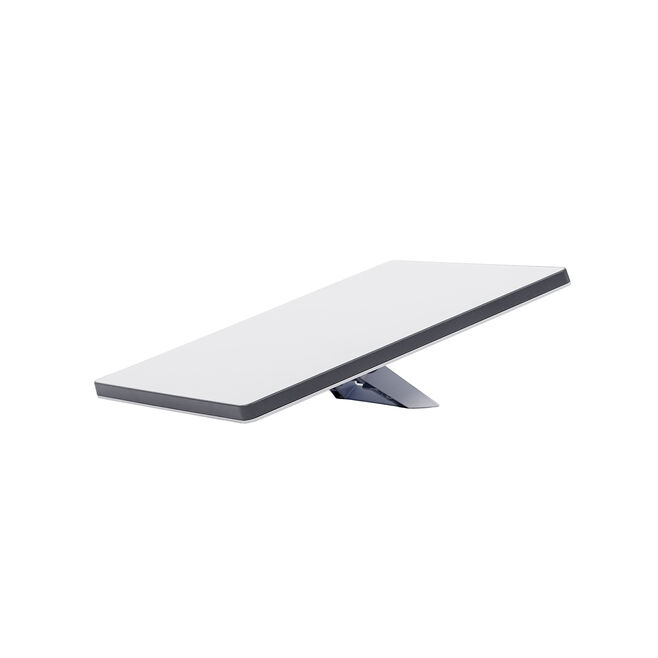
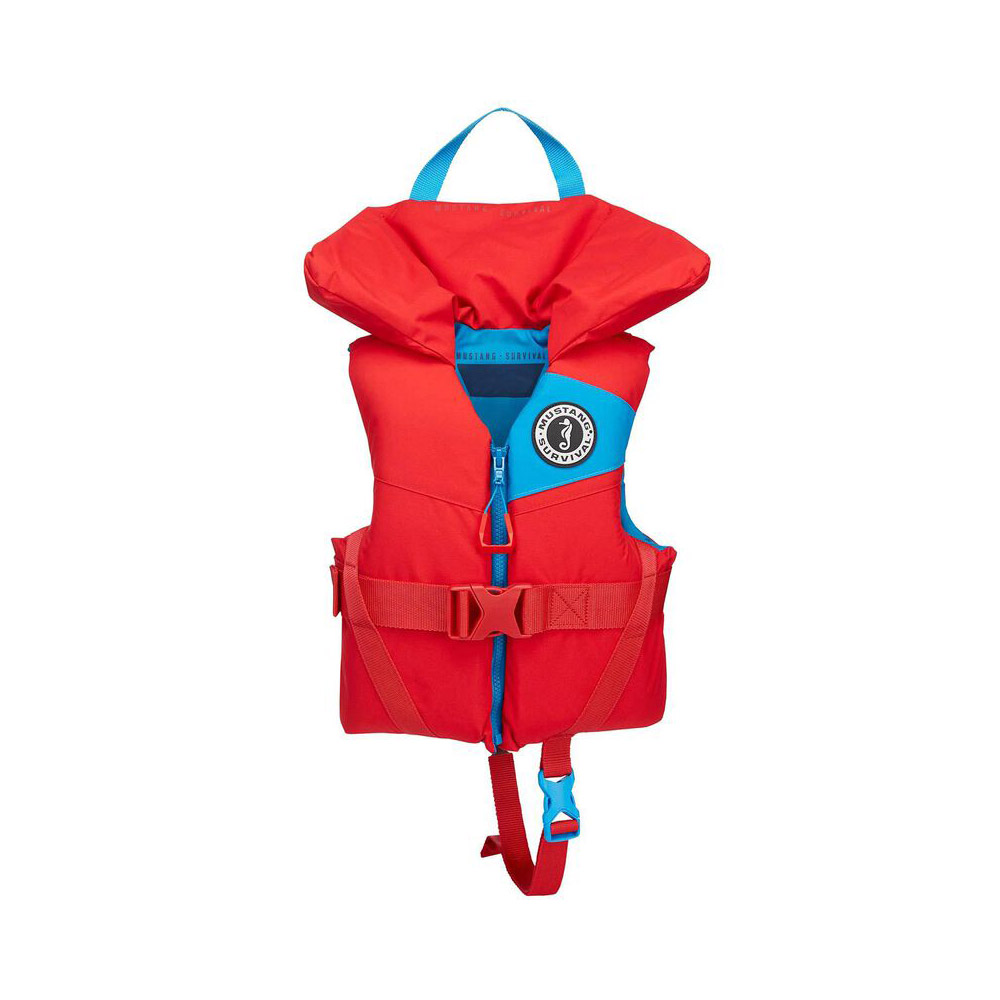
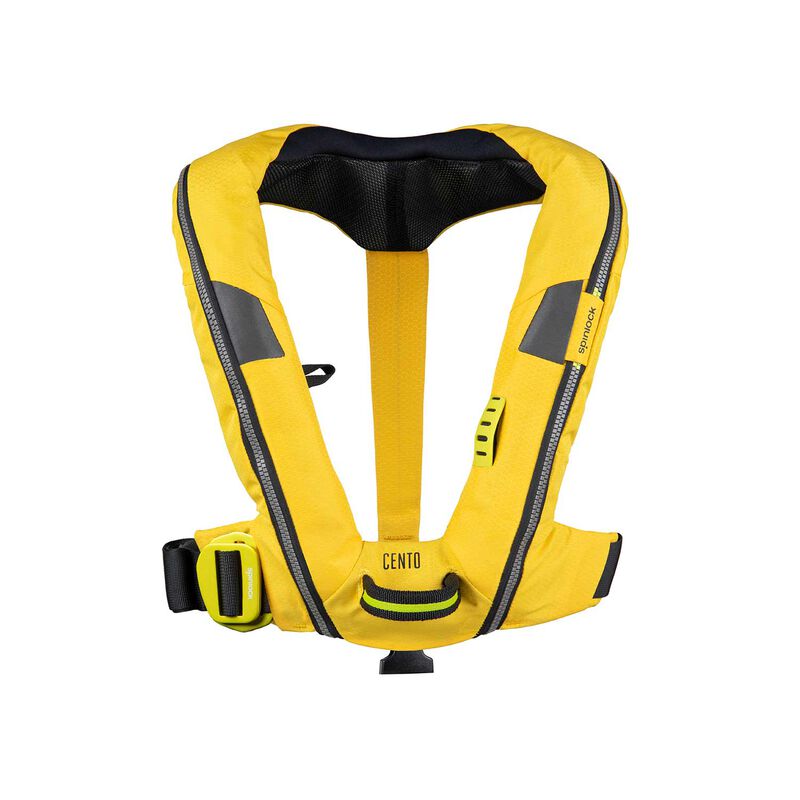
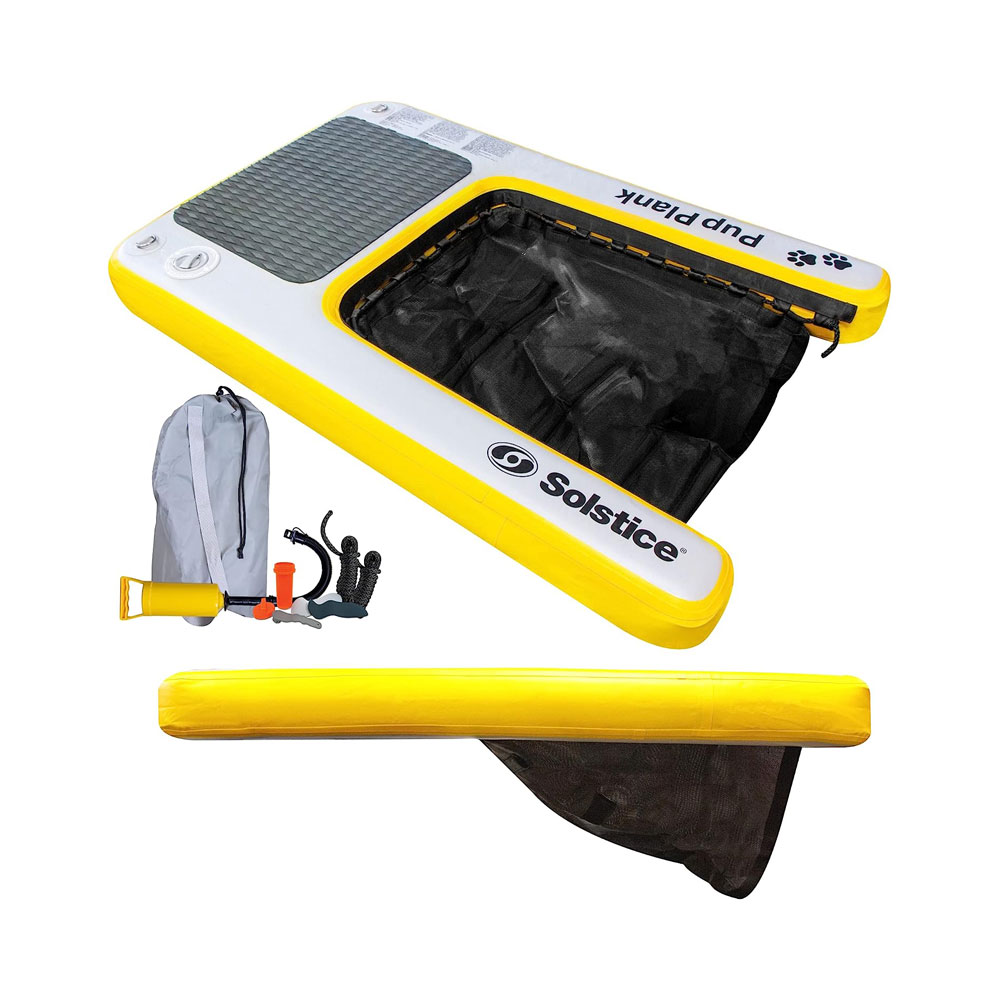
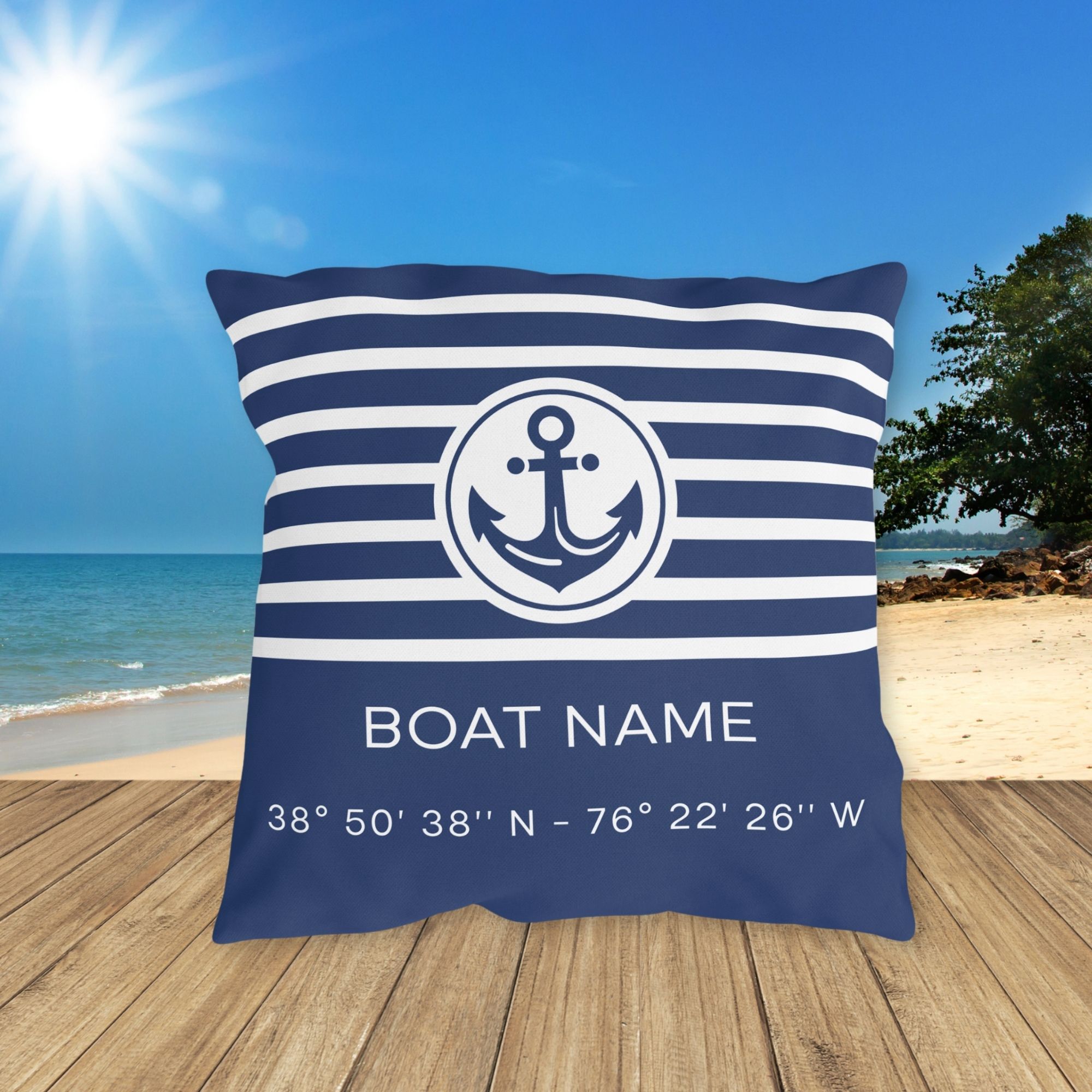
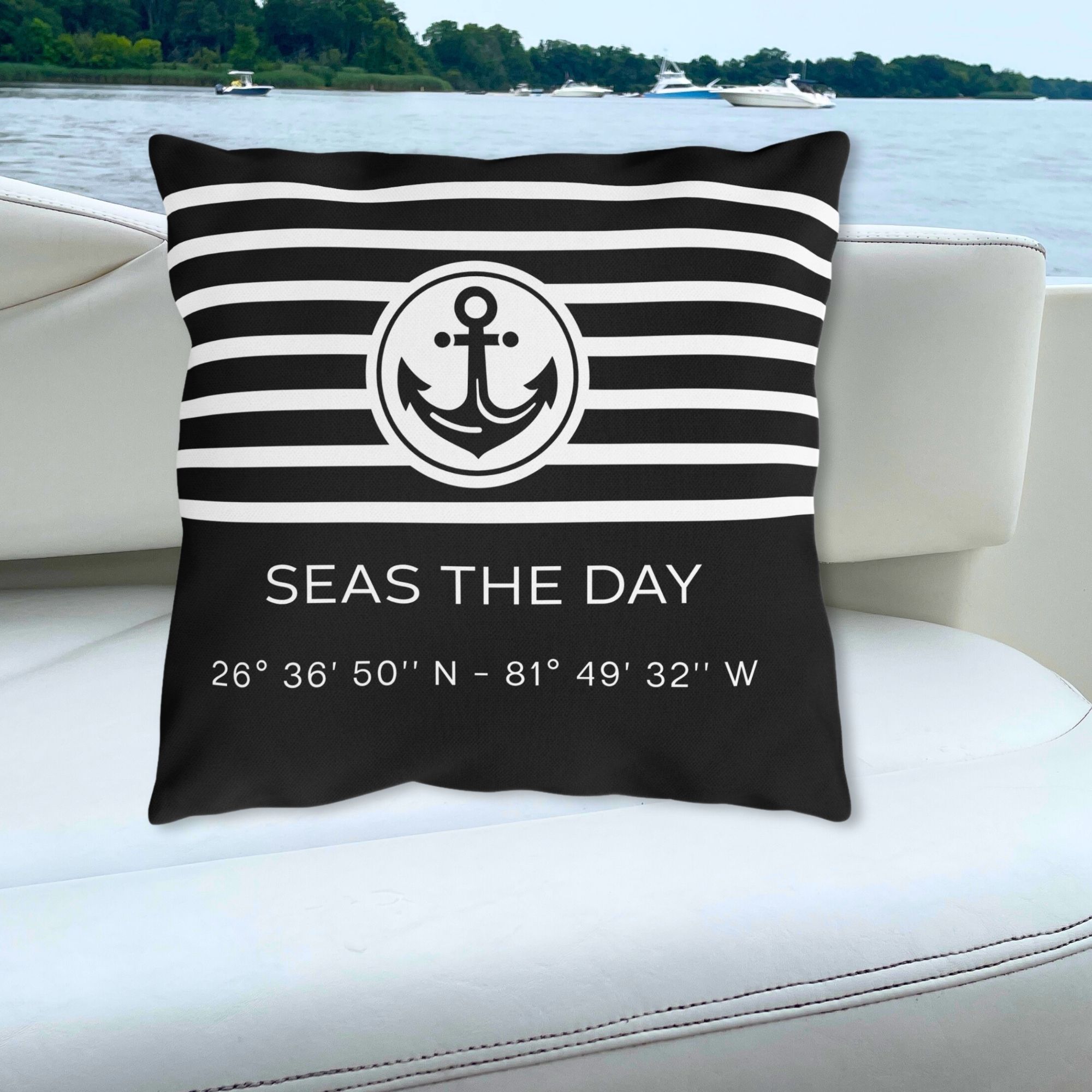
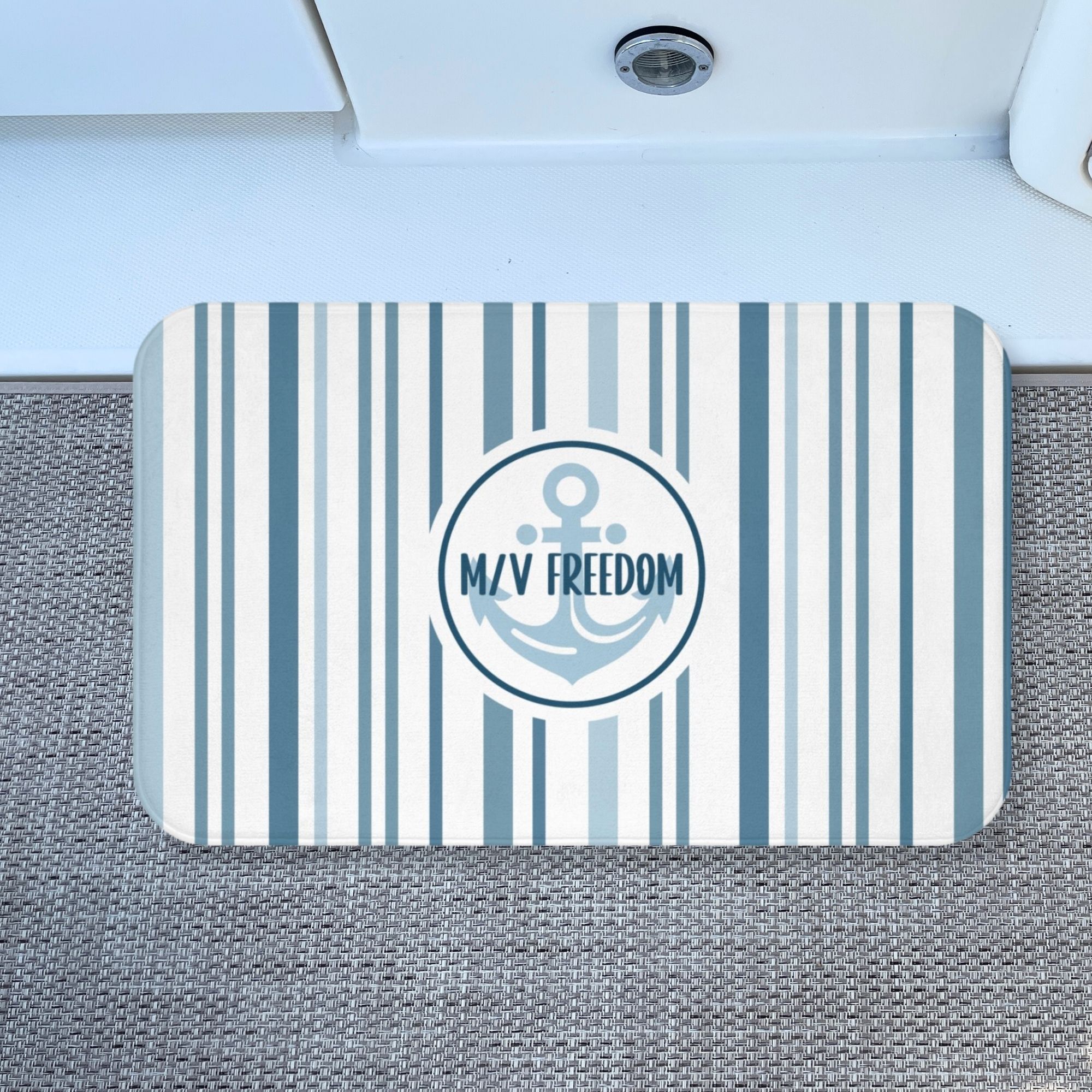
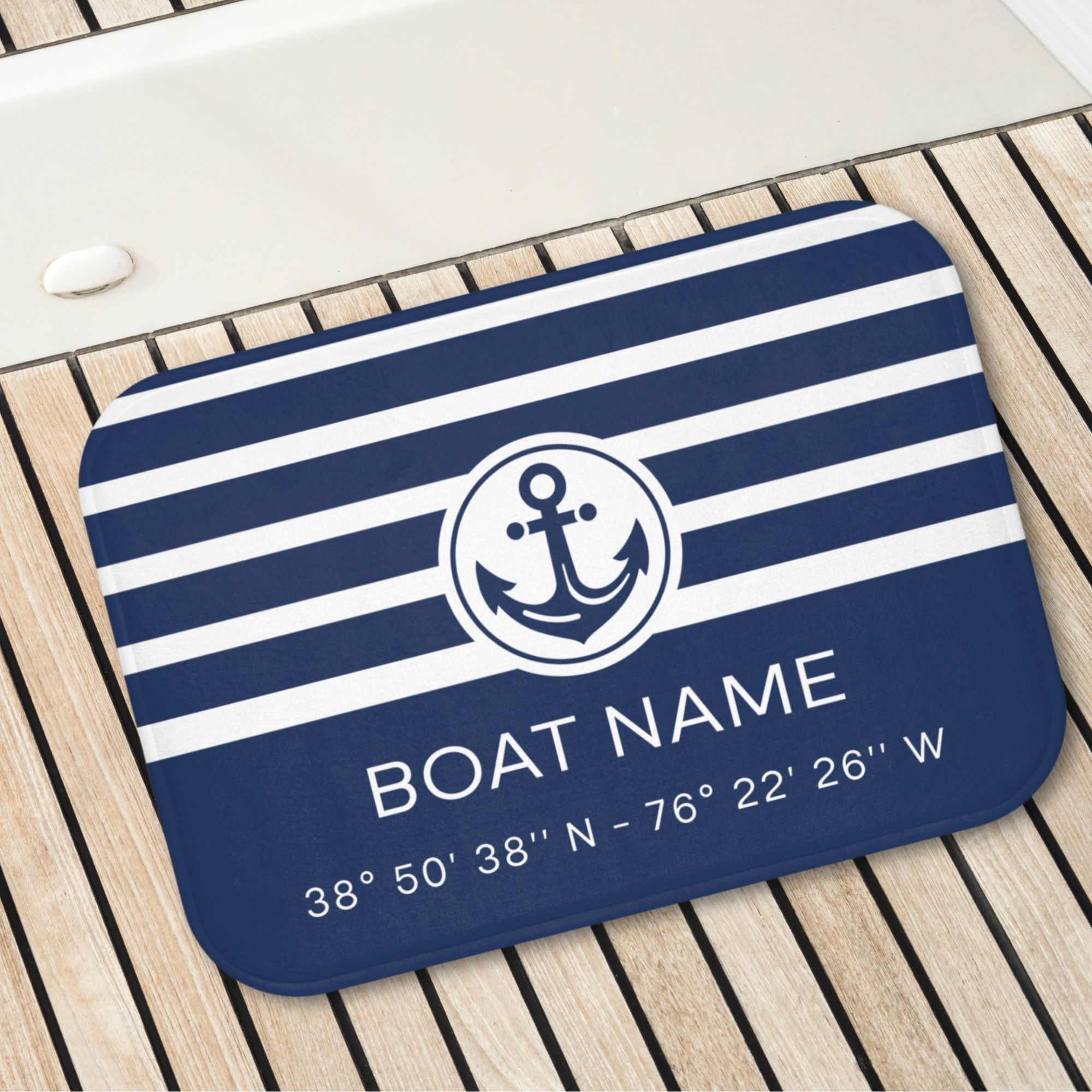
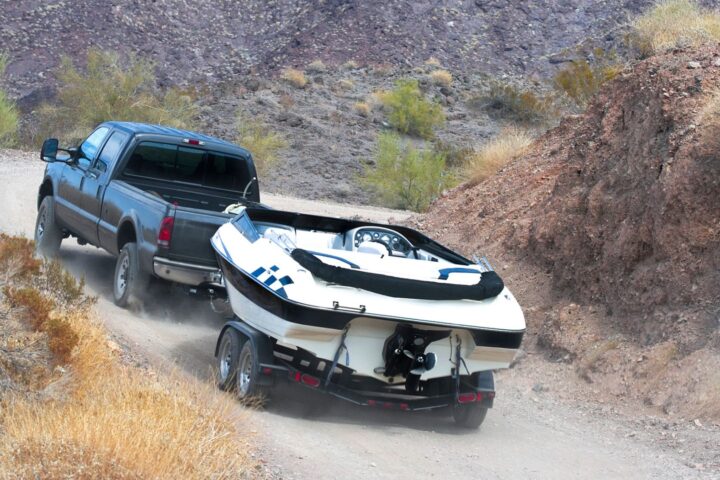
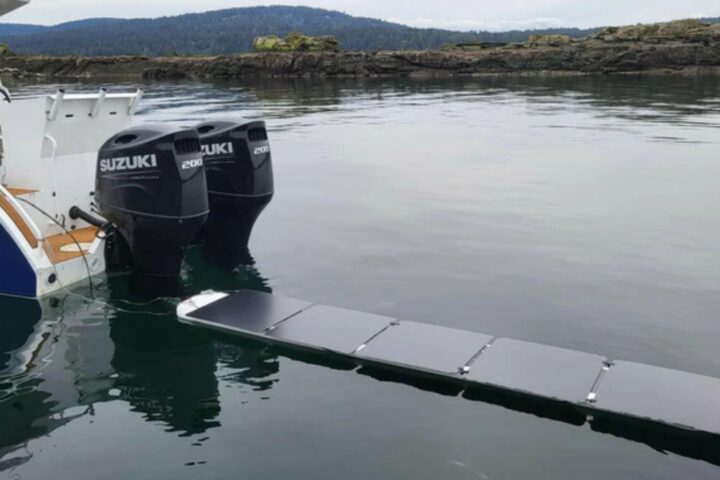
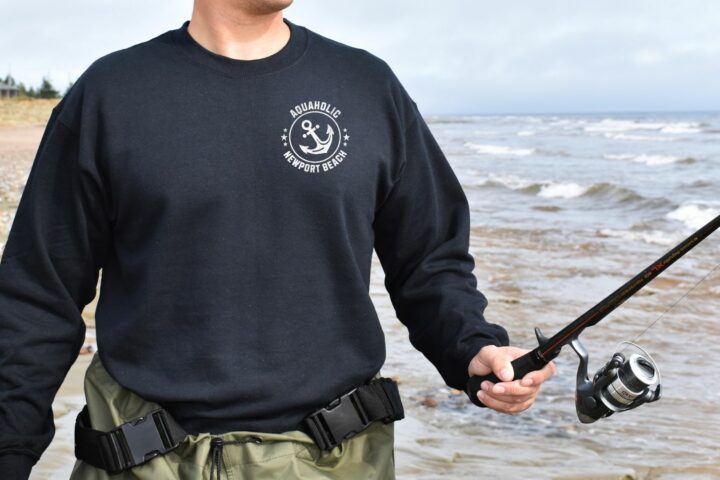
I like the X-Star Premium a LOT! It is easy to fly, takes great photos, and the price was right. I also like the hard case that comes with it. That is important when sailing as things can move around the cabin as the boat heels and tacks. The three best features…in no particular order…are the cost, the orange color, and the responsivity of their customer support.
Awesome article, your footage looks really good! How are you finding the Autel X Star? I’m looking for a drone to use when I go out sailing with my brother, and have come across [an article on drones] the Autel isn’t on there, but after looking at your footage and reading your article I’m seriously considering it! Although I am intrigued by the portable aspect of the DJI Mavic Pro. Will have to think on it some more.
Anyway, thanks again for the article, was extremely insightful!